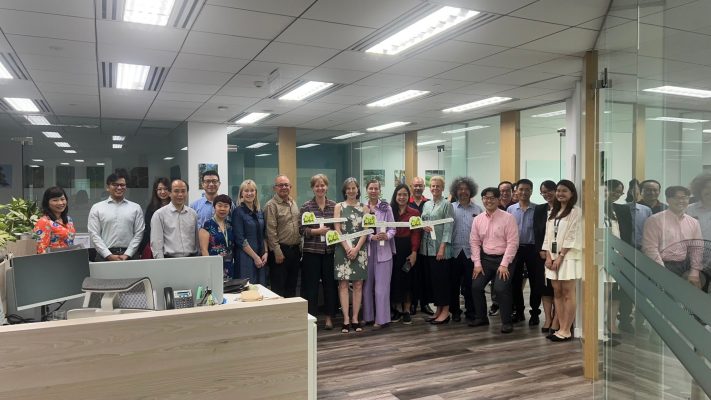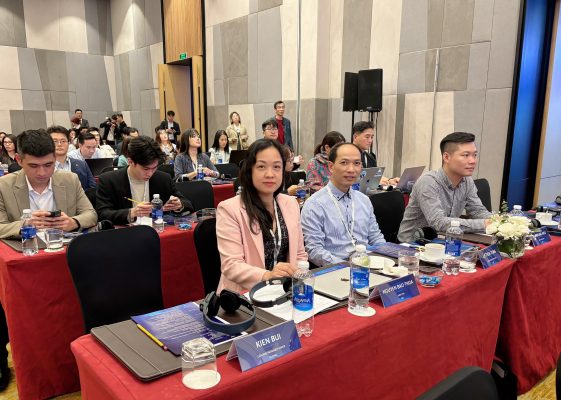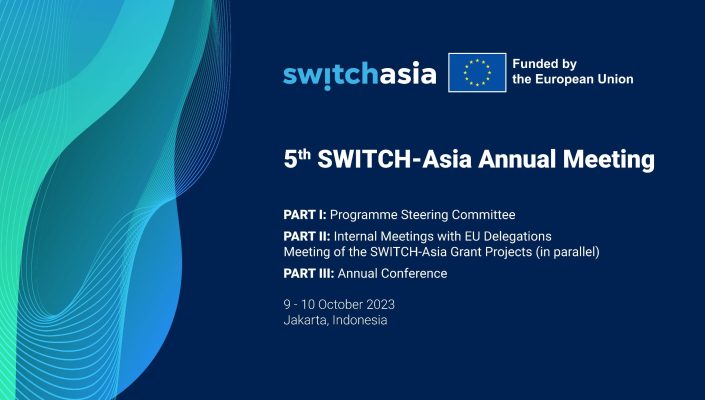RESULTS OF RATTAN PLANTING PROJECT AT THE POOR DISTRICT TUONG DUONG
Tuong Duong is one of the country’s 62 poor districts. But in recent years, with many Government programs and projects, Nghe An and some non-governmental organizations to support with investment under different forms. Of those, there are two projects “Rattan development to improve livelihoods for poor farmers in Tuong Duong district” and ” Up-scaling of pro-poor rattan/bamboo value chain development for women and ethnic minorities in Nghe An province” were co-sponsored by Oxfam and the SDC, helped ethnic minorities in Tuong Duong district overcoming difficulties and creating sustainable income.
To help people maintaining and developing the traditional rattan and bamboo craft to escape poverty and stabilize their lives, in recent years, Oxfam, SDC and the Vietnam Rural Industries Research and Development Institute (VIRI) effectively implemented the project “Rattan development to improve livelihoods for poor farmers in Tuong Duong district”. The project guided the locals how to nurse young rattan seedlings, grow rattan, and produce wicker handicrafts goods, creating jobs and helpingpoor people to stabilize their lives.
Rattan planting project has contributed to poverty reduction in Tuong Duong district
For a poor household, their lives rely on the field.When the project came to train and support people on how to grow rattan, Mr. Chu Van Nghe residing at the Vang Mon village, Yen Hoa commune, Tuong Duong district has actively studied under the guidance of the project staffs. Mr. Nghe not only successfully planted one hectare of rattan but also became proficient in sales of rattan seedlings. In 2013, the sale of rattan gave his family more than 80 millions.
Parallel with seedlings support, rattan planting techniques, and how to harvest, Vietnam Rural Industries Research and Development Institute (VIRI) also sent officials to conduct research survey, bringing highly skilled artisans to directlyinstruct and improve knitting skills for people practicing the rattan craft and teach people who yet to learn the craft. As a traditional craft with long time connection to local life and as a work that do not interfere with seasonal agricultural jobs, a large number of people can participate on this work including Thai and Kho Mu minorities. People now do not only make craft for home use but also for sales.
The vocational classes for both advanced and beginner students have helped creating better and more beautiful rattan products, leading to the formation of local groups with people of all ages working with rattan. In the two years running, the project funded by Oxfam and SDC through the ability to approach, coordinate and instruct of various specialists and professionals has established 40 groups, with around 400 participants working in knitting rattan products and growing rattan. Notably, the project has been actively promoted the marketing work for hand-made rattan products here especially for trade fairs.
Mr. Dao Xuan Mui, project experts from VIRI said: “The aim of the project is to develop rattan materials and encourage the participation of ethnic minority in the rattan craft in Tuong Duong district. The project has proved very suitable for people here since a traditional craft is preserved and at the same time provide ways to evolve the local life. “
In the next 3 years, the collaboration project between Oxfam and Nghe An phase 2013 to 2018 will be extended to other regions, with the name: “Up-scaling of pro-poor rattan/bamboo value chain development for women and ethnic minorities in Nghe An province.” This will be an opportunity for the inhabitants ofthe mountainous Tuong Duong in particular and the overall western areas of Nghe An steadily and sustainably reducing poverty according to project aim, successfully contributing to the implementation of the Government’s socio-economic development scheme for the western provinces of Nghe An in 2020.





